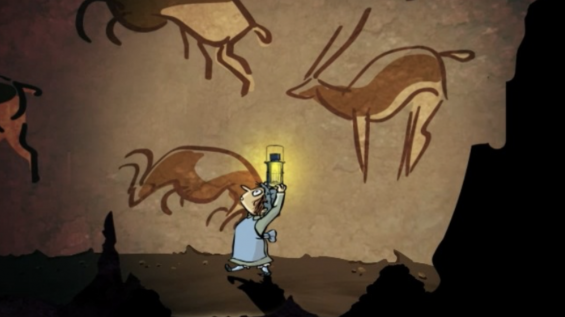
11 electrifying facts about jellyfish

Some jellyfish are longer than a blue whale. Others are barely larger than a grain of sand. And one even contains a secret that’s behind some of the greatest breakthroughs in biology. To dive deeper into why jellyfish are such fascinating creatures, check out these 11 wild facts:
1. Jellyfish have inhabited the ocean for at least half a billion years — and they’re still flourishing even as the sea changes around them.
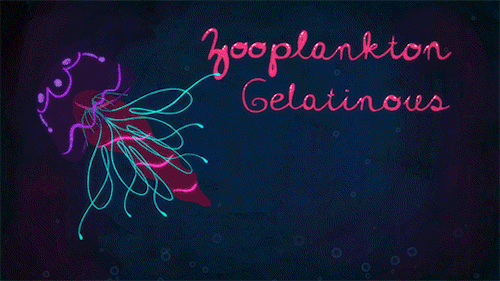
2. Jellyfish are soft-bodied sea creatures that aren’t really fish. They’re part of a diverse team of gelatinous zooplankton, zooplankton being animals that drift in the ocean.
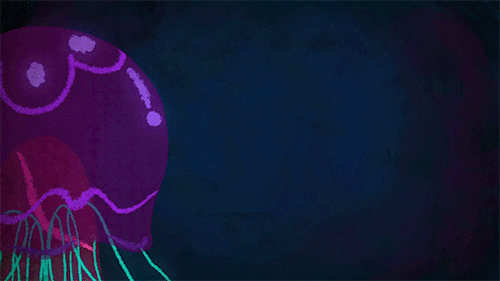
3. A noted feature of jellyfish is a translucent bell made of a soft delicate material called mesoglea. Sandwiched between two layers of skin, the mesoglea is more than 95% water held together by protein fibers. The jellyfish can contract and relax their bells to propel themselves. They don’t have a brain or a spinal cord, but a neural net around the bell’s inner margin forms a rudimentary nervous system that can sense the ocean’s currents and the touch of other animals.

4. Jellyfish don’t have typical digestive systems, either. These gelatinous carnivores consume plankton and other small sea creatures through a hole in the underside of their bells.
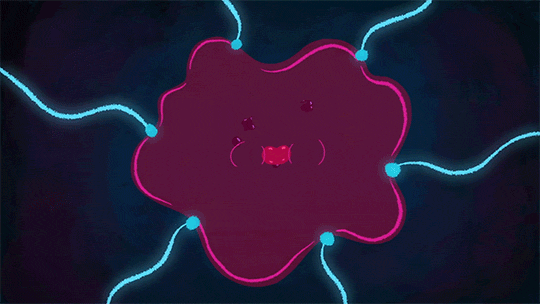
5. The nutrients that jellyfish consume are absorbed by an inner layer of cells with waste excreted back through their mouths.

6. One species of jellyfish glows green when it’s agitated, mostly thanks to a biofluorescent compound called green fluorescent protein, or GFP. Scientists isolated the gene for GFP and figured out how to insert it into the DNA of other cells. There, it acts like a biochemical beacon, marking genetic modifications, or revealing the path of critical molecules. Scientists have used the glow of GFP to watch cancer cells proliferate, track the development of Alzheimer’s, and illuminate countless other biological processes. Developing the tools and techniques from GFP has netted three scientists a Nobel Prize in 2008, and another three in 2014.

7. The jellyfish’s sting, which helps it capture prey and defend itself, is its most infamous calling card. In the jelly’s epidermis, cells called nematocysts lie coiled like poisonous harpoons. When they’re triggered by contact, they shoot with an explosive force. It exerts over 550 times the pressure of Mike Tyson’s strongest punch to inject venom into the victim.
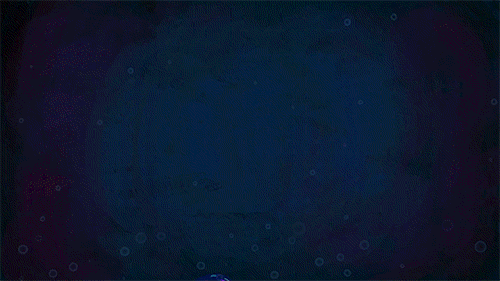
8. The venom of one box jellyfish can kill a human in under five minutes, making it one of the most potent venoms of any animal in the world.

9. Jellyfish who may be the most successful organisms on Earth. There are more than 1,000 species of jellyfish, and many others that are often mistaken for them.
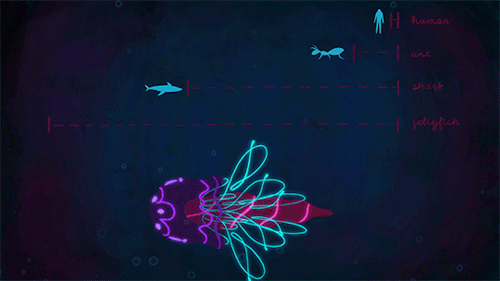
10. Ancient fossils prove that jellyfish have inhabited the seas for at least 500 million years,and maybe go back over 700 million. That’s longer than any other multi-organ animal. And as other marine animals are struggling to survive in warmer and more acidic oceans, the jellyfish are thriving, and perhaps getting even more numerous.
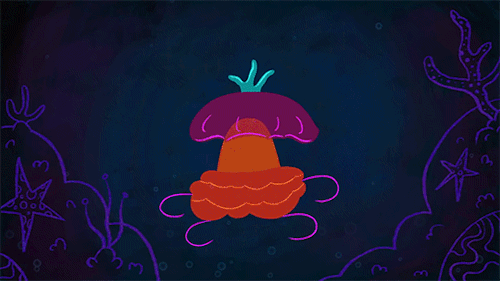
11. Some jellyfish can lay as many as 45,000 eggs in a single night. And there’s some jellyfish whose survival strategy almost sounds like science fiction. When the immortal jellyfish is sick, aging, or under stress, its struggling cells can change their identity. The tiny bell and tentacles deteriorate and turn into an immature polyp that spawns brand new clones of the parent.
Watch the TED-Ed Lesson: Jellyfish predate dinosaurs. How have they survived so long? – David Gruber
Art credits: Silvia Prietov/TED-Ed
